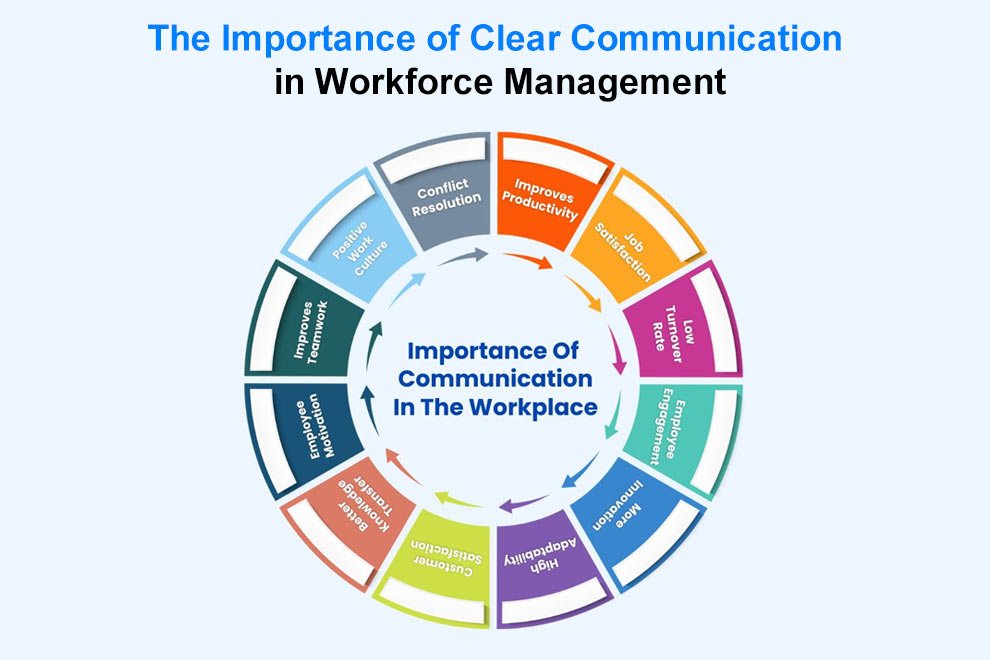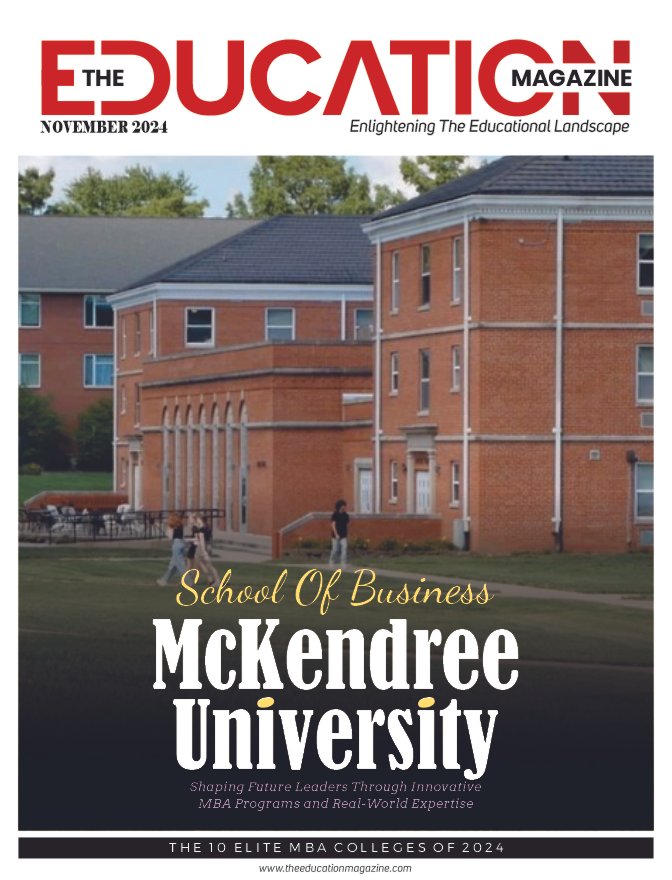The backbones of workforce management are clear communication. Employees would feel valued and be more engaged with the organization when they understand their roles and responsibilities, along with the organization’s goals. This could be facilitated by transparency, thereby instilling trust in them, which is an important ingredient for any work environment. Managers should ensure open dialogue, ensuring the team members about their expectations, changes, and updates. This can be developed by having regular team meetings, one-on-one sessions, and providing easy means of communication. Informing all concerned means reducing misunderstandings and building trust for accountability in performance.
Encouraging Bilateral Communication
While it’s about distributing information effectively, effective communication also means listening. Encouraging two-way communications helps the employee voice their opinions, share ideas, and feedback that might come up with a solution that’s innovative or improves workflow. To this end, managers should provide opportunities for open discussions through suggestion boxes, anonymous surveys, or team brainstorming sessions. If the employees feel that they are being heard, they are most likely to be invested in the success of the organization.
Simplifying Operations with Software
One practical way to enhance communication in workforce management is by making use of time and attendance software. Besides simplifying employee hour tracking, these platforms offer a unified platform for sharing schedules, deadlines, and project updates. If employees can access such information with ease, they will be able to plan their work and avoid confusion. Most of these types of software also offer the possibility of real-time notifications to keep everyone on the same page. Integrating technology into your communications strategy can iron out operations and reduce errors.
Setting Goals and Aligning Teams
The biggest challenge in workforce management is the alignment of every team member with the goals of the organization. At this juncture, communication plays a very important role in bridging this gap. The manager should explain the goals in a way that is comprehensible and meaningful to each one’s role. Going back to these regularly and showing progress toward their accomplishment keeps them focused and motivated. The latter alignment could also be imposed visually through dashboards or progress charts that allow every employee to view how their work fits into the bigger picture.
Communicating Through Change
In every organization, change is inevitable-be it in strategy, the commencement of a new project, or the reshuffling of teams. How that change is communicated, however, can make or break employee morale and productivity. Managers should handle change with sensitivity, explaining what is happening and listening to concerns. The less surprise and the more honesty involved, the faster employees will adapt and the less resistance there will be. In this way, keeping all informed throughout the transition will ensure stability and a smooth process.
Building a Collaborative Culture
Collaboration comes with proper communication. Once employees truly know their position and where it intersects with other individuals, then they can work collaboratively. Managers can encourage cross-functional communication and then implement a place for collaboration to take place, such as project management tools or team-building activities. Knock down the walls and open the lines for a more cohesive and productive workforce.
Clear communication in workforce management is less of a best practice than it is a given, providing the building blocks of any great team-from trust and operational ease through to change and collaboration. By fostering transparency, two-way communication, and using helpful tools like time and attendance software, managers can create environments where employees are better informed, valued, and motivated. Essentially, clear communication opens the way to unlocking the full potential of your workforce.
Also Read: Chief Human Resources Officer to Mastermind Your Company’s Workforce









